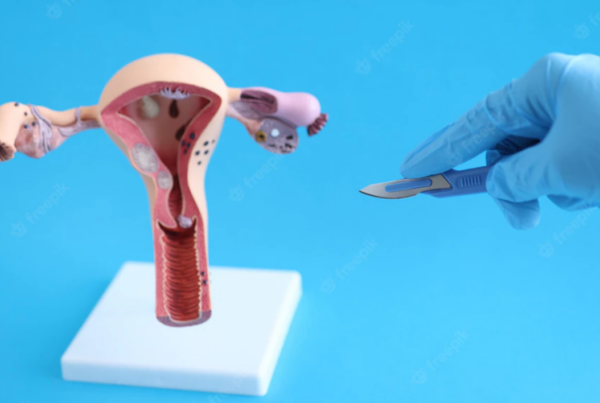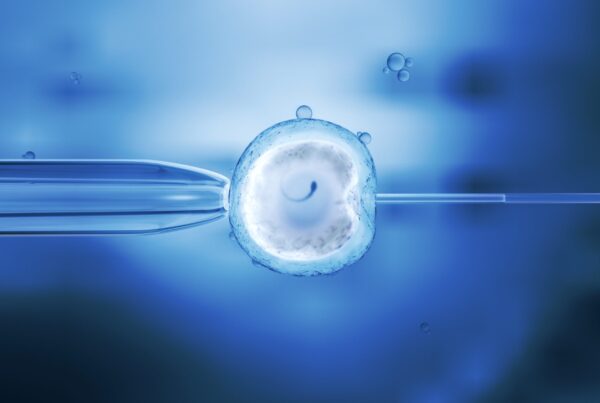In vitro fertilization has become a turning point for many couples hoping to have children as one of the most significant developments in modern medicine. This treatment method emerged from the combination of science and technology and has undergone significant evolution over time. Let’s take a brief journey through the history of IVF and explore the key milestones in this field.
The First Attempts: 19th Century
The foundations of in vitro fertilization date back to the 19th century. For the first time in the 1880s, doctors and scientists began experimenting with the combination of egg and sperm cells in a laboratory setting. However, during this period, success rates were extremely low, and due to technical inadequacies, it had not become a viable method.
The Beginning of Fertilization: 1930s
In the 1930s, scientists began to develop more advanced techniques to achieve the fertilization of live cells in a laboratory environment. In 1934, Dr. Min Chueh Chang attracted attention in the scientific world by fertilizing a mouse egg. This discovery was an important step for the future of in vitro fertilization.
The First Test Tube Baby: Louise Brown
A turning point in in vitro fertilization occurred on July 25, 1978. In Oldham, England, Dr. Patrick Steptoe and Dr. Robert Edwards delivered the first test tube baby, Louise Brown. This event garnered widespread attention worldwide and facilitated the acceptance of in vitro fertilization as a solution. In addition to being the first baby known as a “test tube baby,” Louise Brown also became a symbol of hope for infertility treatment.
Scientific Developments and Popularity
In the 1980s and 1990s, in vitro fertilization began to be widely practiced in many countries. During this period, various techniques and methods were developed to increase the success rates of IVF. Innovations such as preimplantation genetic testing (PGT) allowed for the selection of healthy embryos, thereby increasing the chances of successful pregnancies.
Today’s In Vitro Fertilization
Today, in vitro fertilization has become a widely accepted practice worldwide. Advanced laboratory technologies, artificial intelligence applications, and genetic testing are among the elements that enhance the effectiveness of IVF. IVF centers offer personalized treatment plans to couples, increasing success rates.
The history of in vitro fertilization is a story of a challenging journey and the determined efforts of scientists. Beginning with the birth of Louise Brown in 1978, this process continues to be a source of hope for many couples today. In vitro fertilization is not only a technological success but also a method that has created significant changes in human lives. Developments in this field will continue to turn the dream of parenthood into reality for more couples in the future.




